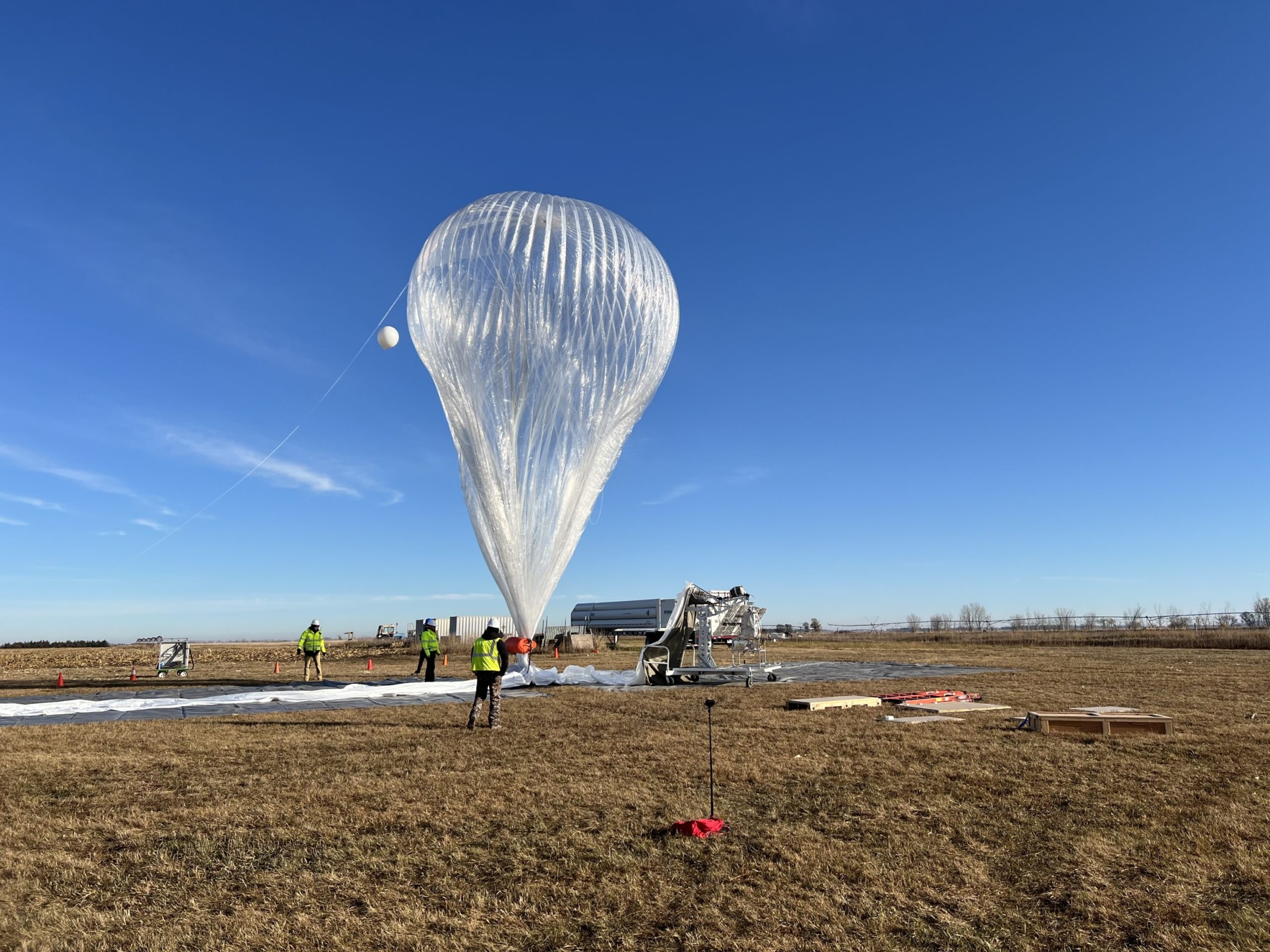Airbus and Aerostar have successfully completed a series of joint test flights, showcasing their combined stratospheric capabilities and evaluating applications for the US military. The trials featured Airbus’ Zephyr solar-electric drone and Aerostar’s Thunderhead stratospheric balloon, both equipped with various satellite communication (SATCOM) terminals tailored for high-altitude operations.
These test flights focused on assessing the network’s functionality in supporting intelligence, surveillance, and reconnaissance (ISR) sensors from the stratosphere, ensuring real-time data exchange critical for decision-making in complex military scenarios. Prior to the test demonstrations, the consortium undertook significant preparations by deploying an engineering team to adapt the SATCOM terminals to meet specific weight requirements and the demands of extended flight durations.
Conducted in Sioux Falls, South Dakota, the flights took place from late November through early December. Airbus’ Zephyr drone is notable for its ability to operate at altitudes reaching 70,000 feet, enhancing its operational range and capability. Airbus US Unmanned Aerial Systems Engineering Director Fabian Kluessendorf highlighted the collaborative efforts of the engineering teams from both companies, emphasizing how their partnership allows for mutual benefits through shared expertise in stratospheric operations and payload integration.
The advancement of high-fidelity ISR data transmission, including full-motion video from any location globally, represents a significant step towards bolstering mission readiness for the US and its allies. Kluessendorf added that these joint developments lay the foundation for future operations that leverage the unique strengths of both the Zephyr drone and Thunderhead balloon.
This partnership aligns with the US military’s strategic push, initiated in 2023, to develop high-altitude ISR technologies, including the deployment of spy balloons. This initiative emerged in response to growing concerns over advancements in hypersonic technology from adversaries like Russia and China, as revealed by the Pentagon in 2022.
Aerostar Stratospheric Solutions Vice President Russ Van Der Werff remarked on the importance of high-altitude platforms, whether they are lighter-than-air or fixed-wing, stating that they provide unparalleled persistent sensing and communication capabilities, enabling sustained operations over specific target areas for weeks to months. He noted that such systems could deliver unmatched endurance at a fraction of the cost compared to traditional assets, reflecting the promising potential of this collaboration with Airbus to advance high-altitude platforms in defense applications.
The focus on deep sensing technologies, particularly the use of high-altitude balloons for enhancing long-range fire capabilities, further underscores the strategic relevance of these developments in the military’s operational framework.













